
You might not know it, but the air quality in your home—or a particular room in your home—may be worse than whatever pollution is lingering outside. Netatmo’s Healthy Home Coach is a device that monitors the air quality in a room and provides insight in a very simple way through a companion app for iOS and Android.
Health Canada has published information about indoor air quality already, so it has caught the attention of the federal government. Netatmo had previously released a similar product in the Weather Station, only that focused on conditions outside, not in the confines of the home. The Healthy Home Coach covers what’s happening inside, measuring temperature, humidity, air quality in CO2 and noise level.
Netatmo Design and setup
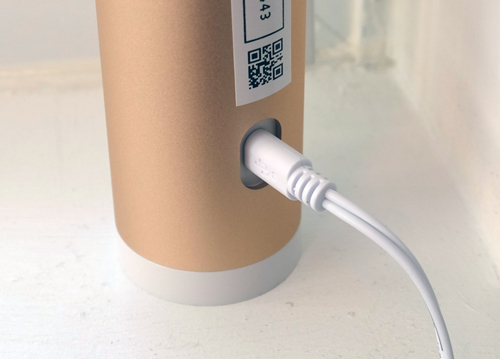 The Healthy Home Coach is very much a utility device. You set it up, and then rarely have to ever touch it afterward. Interaction is largely app-based, though you may feel the need to move the unit from one room to another to get a reading there too.
The Healthy Home Coach is very much a utility device. You set it up, and then rarely have to ever touch it afterward. Interaction is largely app-based, though you may feel the need to move the unit from one room to another to get a reading there too.
The cylindrical body comes in a gold colour that reflects a little of a rose gold tint depending on the lighting hitting it. There is only one plug in the back for the power adapter, and a single button at the top. After plugging it in, I pressed the button, the light turned blue and the initial setup took place.
The rest of the process is done step-by-step through the free Home Coach app on iOS and Android. The app recognizes the Home Coach device and then guides you through connecting it to the home Wi-Fi network and confirming the settings. It takes about 30 minutes for it to monitor a room accurately, so it doesn’t take long.
Placement is best on a shelf or table, and it is okay if its view is obstructed. The device doesn’t need to have line-of-sight with anything. Putting it on a ledge by a window may not always be the best option because of how temperatures can vary being so close to the elements outside. I did it to gauge the metrics in a particular room and found the temperature was probably lower than the room felt, but my main purpose was to see where the air quality and humidity was sitting.
Netatmo also breaks it down to three profiles: Babies, Children with asthma, and Family. The first two are obvious, while the last one is the basic one for everyone that doesn’t fall in the other two.
Netatmo Healthy Home Coach Performance
If you’re asking yourself why you would even need a device like the Healthy Home Coach, there may be a clue you haven’t considered. At least that’s what Netatmo is suggesting, because poor air quality or low humidity may be rectified with a quick action, like opening a window, for example. It also may be contributing to whether or not you are getting a good night’s sleep or if your baby is comfortable and getting the right amount of humidity in the nursery.
Interpreting the Coach’s assessment is easy because it’s colour-coded and in plain English. The terms used are between Excellent, Fine, Healthy or Poor. With colours, blue leans toward an excellent situation, with red indicating a poor one. If things veer too far away from blue or green, the app sends a notification stating what it’s reading. Low humidity would be shown as “quite dry” and high CO2 levels as “poor air quality.”
The app offers some feedback on what could result from a certain metric, like how low humidity levels can reduce your self-defence against infections in the long-term. With the kind of winters we have in Canada, where humidity levels plummet indoors, that is food for thought. The rewind icon on the top right loads an hourly breakdown of readings, so you can see if there were any dips or spikes along the way.
The drawback in all this is that the Healthy Home Coach doesn’t provide any context as to why certain levels have been hit. Granted, it’s not able to understand context, as in whether you cooked, or you left the window open for a longer period. As an example, I had lit two candles while watching a movie, and three hours later, the CO2 level had catapulted from 568ppm (which is great) all the way to 1,437ppm (which is almost poor). There was no way the device would have known a candle was responsible, but it also wouldn’t have known that a change in temperature or barometric pressure outside might have done something too.
Netatmo says the Weather Station could provide that context, except it uses a different app and doesn’t coordinate with the Home Coach in any way. Technically, it should be possible to bridge the two together at some point, but as of this review, it’s a non-starter.
Mobility and connectivity
As mentioned earlier, the Home Coach can easily be moved from one room to another, but if you prefer not to do that, you can have multiple units set up and running at once within the same app. It is also compatible with Apple’s HomeKit, meaning it can work in tandem with other smart home devices that also support the same protocol. For example, if the humidity level goes too high or low, it can trigger a smart thermostat, like the Ecobee3, to turn on or off to regulate that.
Another free automator app, IFTTT, can also be used to tie the Healthy Home Coach to trigger an action with something else that’s compatible — something called a “recipe” in that app.
Final Thoughts
While I would have liked the Healthy Home Coach to do a little more than it could out of the gate, I did feel a sense of security in knowing I wasn’t breathing in terrible air all the time. What was most valuable for me was the humidity level, which I always try to regulate as best I can because of how bad dry air can be for a number of reasons.
Netatmo has designed a product here that is meant to give peace of mind, including for parents who want some accuracy when protecting an infant or asthmatic child. It doesn’t dive deep into causation, so it doesn’t give answers to the question of why conditions get to a certain point, but at least it can pinpoint where the numbers are.
The Netatmo Healthy Home Coach is available now.

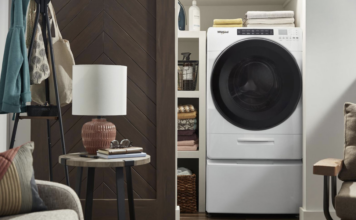

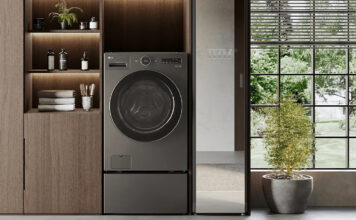












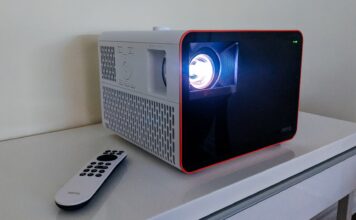
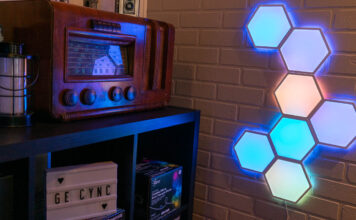




















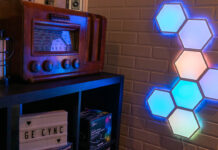

Thanks for your review Ted. You say the Home Coach device supports IFTTT. Are you sure about that? Have you seen this official tweet saying the opposite (https://twitter.com/dialexnunes/status/857885792286408705)?
I’m trying to find a way to trigger actions on Slack based on the readings of the device, but without IFTTT it’s looking grim…
Comments are closed.